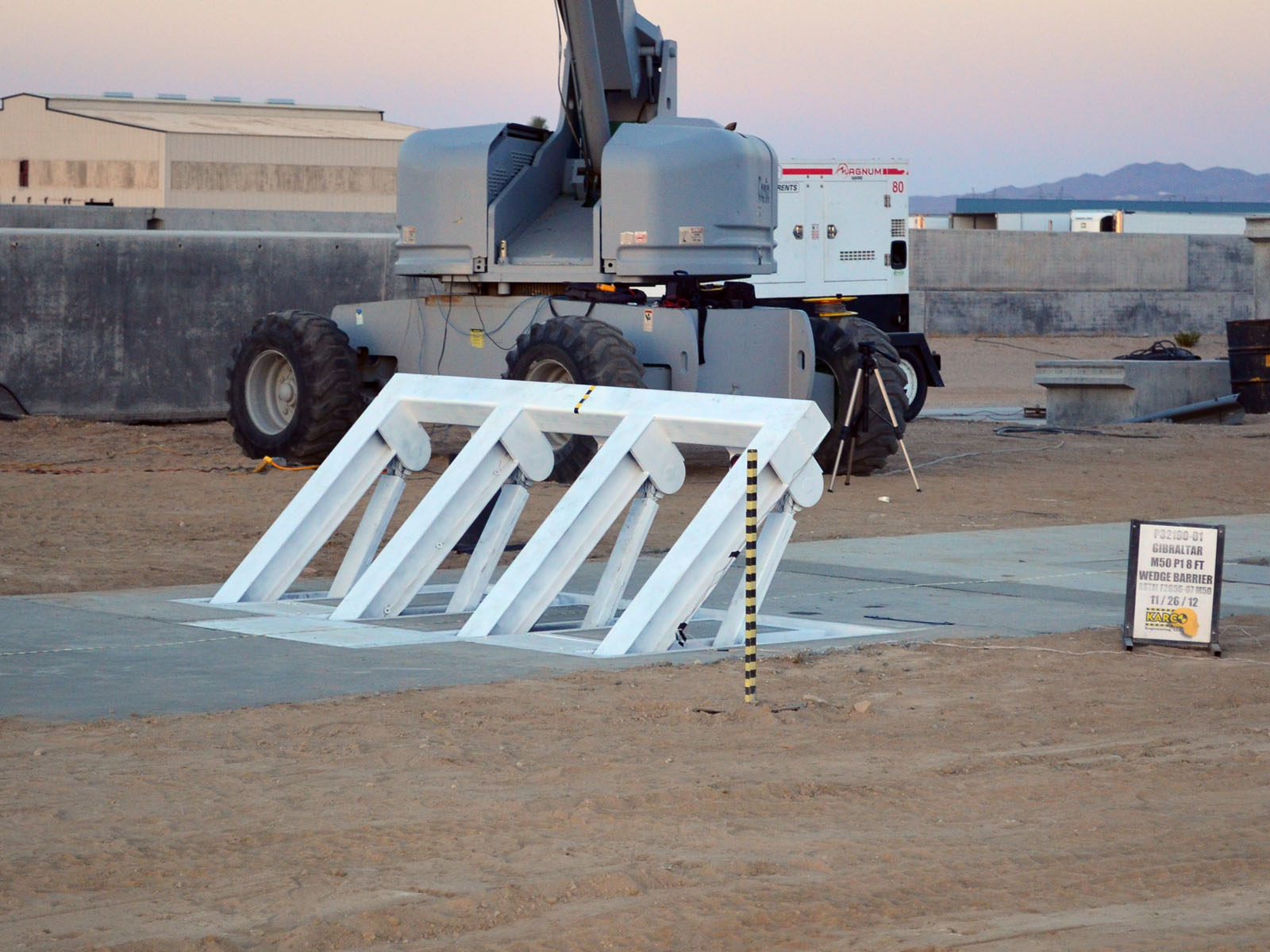Installing, maintaining, and repairing crash beams (also generally identified as crash barriers or guardrails) require careful planning, consideration to element, and adherence to safety requirements. Here are guidelines for every stage:
Installation:
Site Assessment: Conduct an intensive evaluation of the set up site. Consider components similar to street layout, site visitors move, terrain, and potential impression points. This evaluation will assist in determining the suitable type of crash beams needed for the specific location.

Compliance: Ensure compliance with local rules and security requirements. Different areas could have particular necessities for crash beam design, placement, and supplies.
Selection of Crash Beams: Choose crash beams which are appropriate for the intended purpose and site visitors quantity. Consider Check out this site corresponding to beam top, size, material (typically metal or concrete), and end treatments (such as terminals and anchorages).
Proper Installation: Follow manufacturer guidelines and safety requirements during set up. Properly install and safe the crash beams, making certain they're correctly anchored to resist impacts and forestall them from becoming hazards themselves.
Reflective Markings: Install reflective markings or delineators on the crash beams to boost visibility, especially during low mild circumstances.
Maintenance:
Regular Inspections: Schedule routine inspections to evaluate the condition of the crash beams. Look for signs of put on and tear, injury, or corrosion. Inspections ought to be carried out a minimal of once a year, but high-traffic areas may require extra frequent checks.
Damage Assessment: If any damage is detected throughout inspections, assess its severity. Minor harm might require simple repairs, while extensive injury might necessitate beam replacement.
Cleaning: Keep the crash beams clear and free from particles, vegetation, and snow accumulation. Accumulated particles can hinder drainage, leading to corrosion and compromising the integrity of the crash beams.
Rust Prevention: If the crash beams are manufactured from steel, apply rust-resistant coatings or paint to stop corrosion. Regularly inspect painted surfaces for chipping or peeling and restore any broken areas promptly.
Repair:
Immediate Repairs: Address minor damages promptly. Small dents or scratches might be repaired without replacing the whole crash beam. Repair damaged areas based on producer pointers and security requirements.
Professional Repairs: For important damages or structural issues, it is advisable to hire professionals skilled in crash barrier repairs. They can assess the harm precisely and perform necessary repairs to make sure the crash beams are restored to their unique security standards.
Replacement: If the crash beams are severely broken or compromised, alternative might be the most secure option. Always use crash beams that meet current safety requirements and comply with local laws.
Documentation: Maintain detailed information of inspections, repairs, and replacements. Proper documentation ensures that you can observe the maintenance historical past and show compliance with security standards if required.
By following these pointers for installation, maintenance, and restore, crash beams can successfully fulfill their objective of enhancing road safety and preventing accidents. Always prioritize security, compliance, and high quality when working with crash barrier systems..
